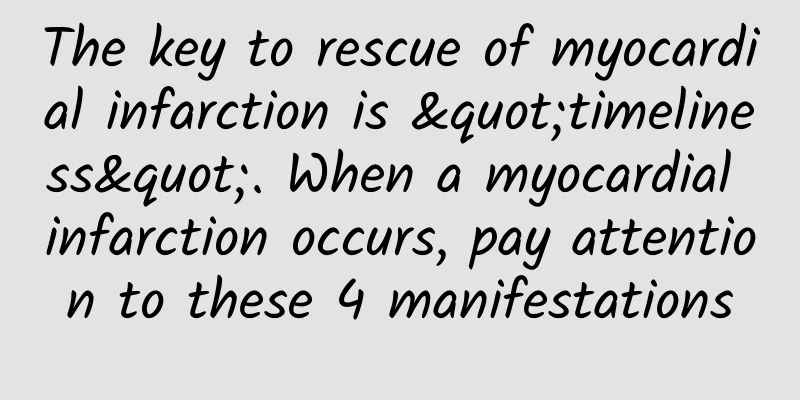Can high progesterone rule out ectopic pregnancy?

|
Generally speaking, a progesterone value exceeding 20NG/ML can rule out the possibility of ectopic pregnancy, but it is inaccurate to judge whether there is an ectopic pregnancy only by the progesterone value, and further examination is needed. In the early stages of pregnancy, when ultrasound cannot provide accurate results, the possibility of ectopic pregnancy can be ruled out by the progesterone value. 1. Generally speaking, a progesterone value higher than 20 NG/ML can rule out ectopic pregnancy. However, progesterone testing alone cannot be used as a basis for excluding ectopic pregnancy. This indicator only provides an indirect judgment indicator. In the early stages of conception, when B-ultrasound cannot provide accurate detection, we can use progesterone testing to rule out ectopic pregnancy. If the progesterone level is lower than 20NG/ML, it should attract our attention. Wait a week or two and go to the hospital for an ultrasound examination. If a gestational sac is seen in the uterus and there is no obvious cystic object outside the uterus, the possibility of ectopic pregnancy can be ruled out. 2. If you have an ectopic pregnancy, there will be some abnormal reactions, such as vaginal bleeding or lower abdominal pain around 6 to 8 weeks of pregnancy. These are all early symptoms of ectopic pregnancy. If a pregnant woman does not show these symptoms within 6 to 8 weeks, she can preliminarily judge that she has a normal pregnancy. About 45 to 60 days after amenorrhea, you can go for an ultrasound examination. If the gestational sac is in the uterine cavity, the possibility of ectopic pregnancy can be ruled out. At this time, pregnant mothers can relax, maintain a positive and healthy attitude, pay attention to their diet and nutrition, and have regular prenatal checkups. 3. The most effective way to rule out ectopic pregnancy is B-ultrasound examination. When pregnancy is discovered, vaginal bleeding or abdominal pain occurs. In order to confirm that the embryo is in the uterus and to exclude ectopic pregnancy, B-ultrasound is required for identification. If you want to rule out ectopic pregnancy, you need to do a B-ultrasound. If a gestational sac is found in the uterus, it is a normal pregnancy, not an ectopic pregnancy. However, there is a disadvantage of B-ultrasound testing, that is, the pregnancy has just started and the time is too short for B-ultrasound to detect it. Generally, you should go to the hospital for an ultrasound around 45 days into your pregnancy to find out whether it is an ectopic pregnancy. If there has been no other discomfort before, you can observe for a while and wait until the B-ultrasound is done, and then rule out ectopic pregnancy based on the location of the gestational sac. |
<<: How to supplement estrogen?
>>: What to do if there is too much moisture and insufficient milk?
Recommend
I just had an abortion and I'm pregnant again
For women, if they have an abortion, they can res...
Survival conditions of condyloma acuminatum virus
Genital warts usually occur in women, and the sit...
What causes women's feet to get tired?
If you walk too much, you will feel sore feet and...
Precautions for safe period before menstruation
The incidence of menstrual problems cannot be und...
Causes of vulvar itching in girls
I believe that female friends are no strangers to...
What season is it when the frog wakes up? What is the approximate lifespan of frogs and toads?
Frogs often live in rivers, ponds, and rice field...
At what level of insomnia do you need medication? Here are some tips for a good night's sleep
Unit: Pharmacy Department, Xinlong Town Central H...
The reason why women have less menstrual blood and darker color
Women must pay attention to the color of their me...
How to wash mink velvet clothes that are dyed? What are the differences between golden mink and mink velvet?
Mink fur is one of the three treasures of Northea...
What to do if you have spotting during the 9th month of pregnancy
During the ten months of pregnancy, women will al...
What happens if there is more leucorrhea?
Normal leucorrhea is composed of a mixture of vag...
Can I eat dragon fruit when I have my period?
Dragon fruit can be said to be a relatively delic...
What harm does medical abortion have on the human body?
In today's era, there are many cases of unwan...
Can I have sex before hysteroscopy?
Hysteroscopy is a common way for women to undergo...
What is the disease of vulvar itching?
Women's physical health is a matter of concer...









